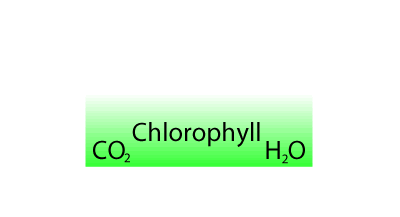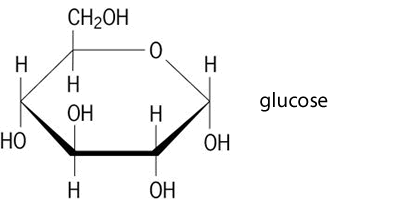Photosynthesis is a wonderful process that only plants can
carry out. It is a process that gives us the energy to live and the oxygen
to breathe. You see, plants and algae are the only living organisms that can trap
the sun's energy and make it into food for us. When a creature eats a plant
it takes into its body the solar energy that was trapped by the plant
Plants trap the sun's energy in the food they produce for themselves. The
solar energy is stored in this food as chemical energy. Chemical energy
is the energy present in the chemicals that make up our food.
The three main things affecting the rate of photosynthesis are.
- Light intensity
- Temperature
- Carbon dioxide concentration
The process of photosynthesis uses carbon
dioxide, water and the sun's energy to produce plant material. In this
wonderful process oxygen is given out by the plant as a waste product.
Photosynthesis also mops up most of the carbon dioxide we breathe out.
Photosynthesis occurs in a plant cell with the help of a special chemical
called chlorophyll. Just imagine chlorophyll as the cooking pot, while
the carbon dioxide and water are the ingredients that are put together with
the sun's energy. We can describe this reaction with a simple equation.
Solar energy + Water +
carbon dioxide => sugar(plant food) + oxygen
6H2O + 6CO2 + Solar energy => C6H12O6 + 6O2

The plant then joins the sugar molecules together to form
starch(food) and cellulose(building material). The chemical reaction that
joins all the sugar molecules together is called a polymerisation reaction.
Set
up an experiment to investigate the the effect of light on the plant's
ability to photosynthesise.

All living organisms need to get energy from their food. This process is the exact opposite to photosynthesis and is known as respiration, as shown on the right. In this process glucose is reacted with oxygen to produce carbon dioxide and water, according to the chemical equation below.
C6H12O6 + 6O2 => 6H2O + 6CO2 + Energy

The relationship between photosynthesis and respiration is represented by the animation on the right. It summarises the two reactions below
C6H12O6 + 6O2 => 6H2O + 6CO2 + Energy = cellular respiration
6H2O + 6CO2 + Solar energy => C6H12O6 + 6O2 = photosynthesis

Do they ever use oxygen to burn their food and release energy?
Where does the energy in glucose come from?
What is the name of the process that locks in energy from the sun in chemicals?
What is the name of the process that releases life sustaining energy from chemicals?
What is the name of the process that uses oxygen to release energy?
What is the name of the process that produces oxygen gas?
What three things influence the rate of photosynthesis?